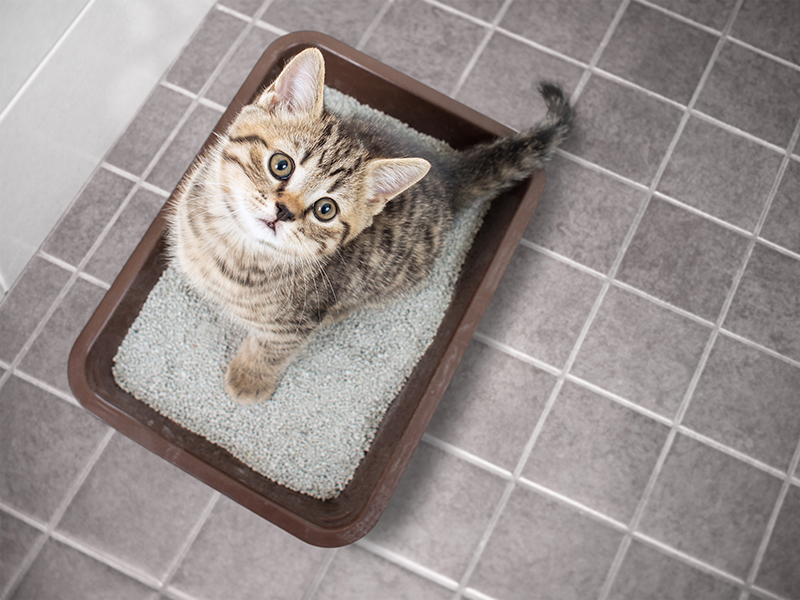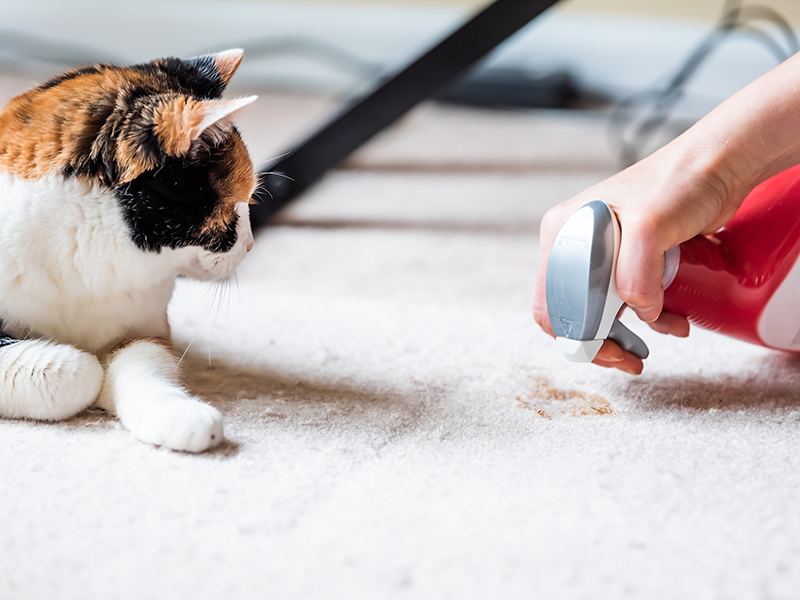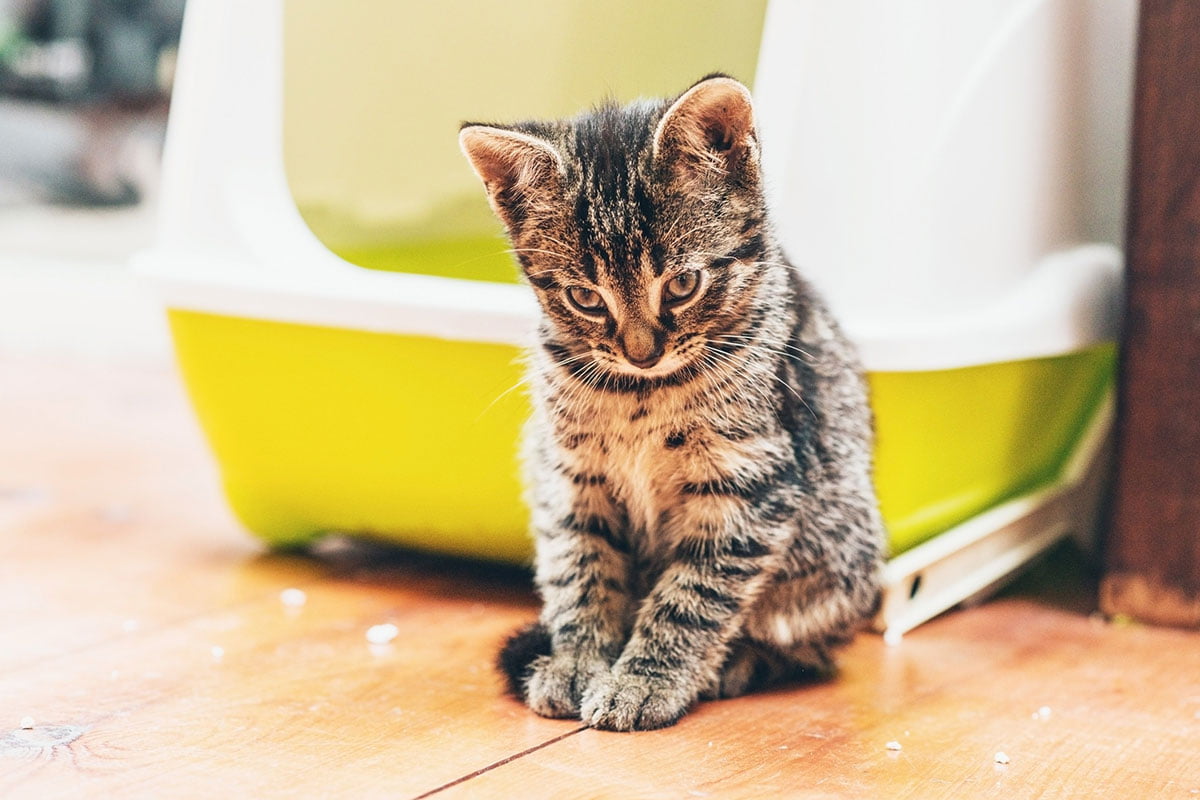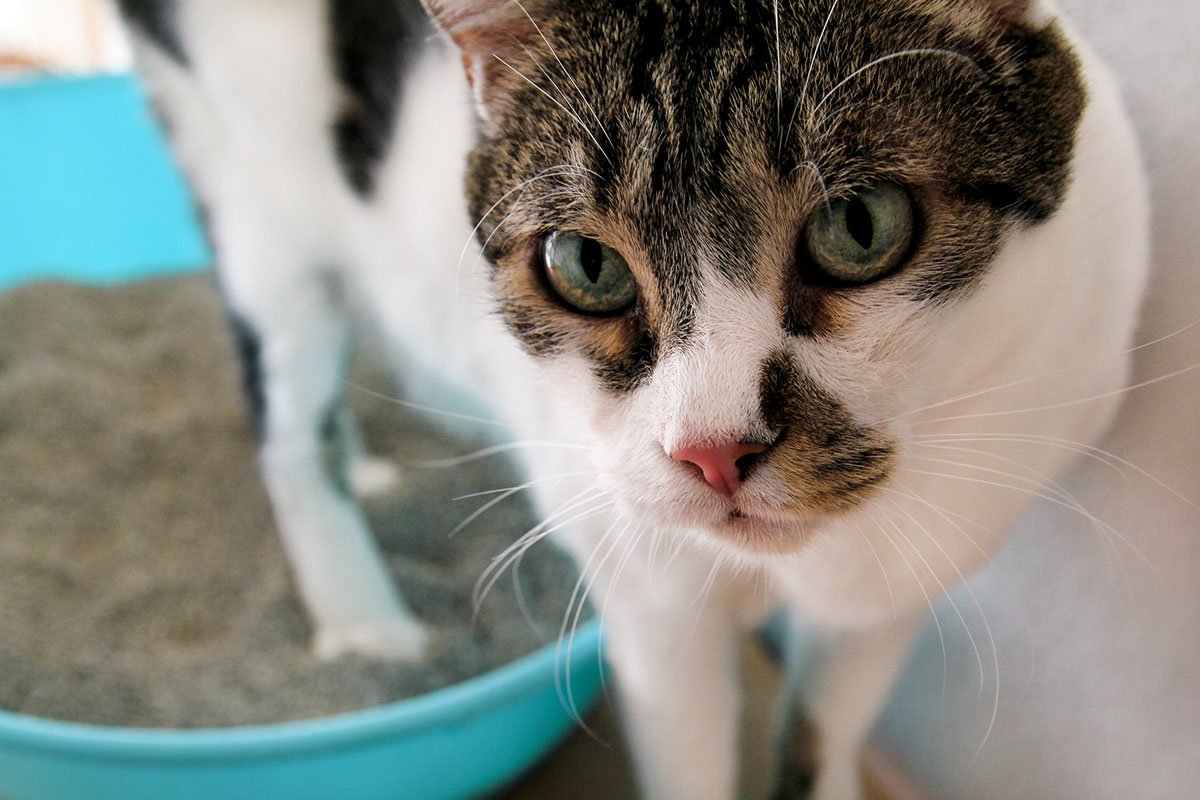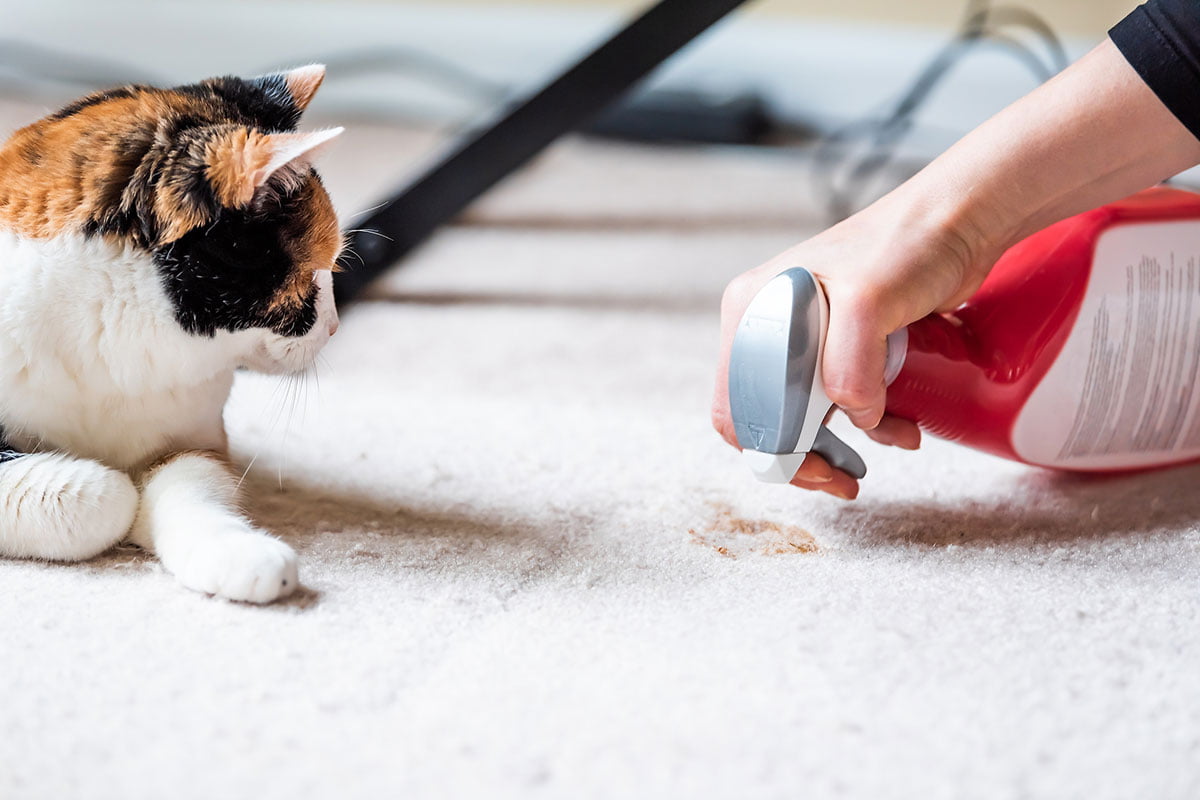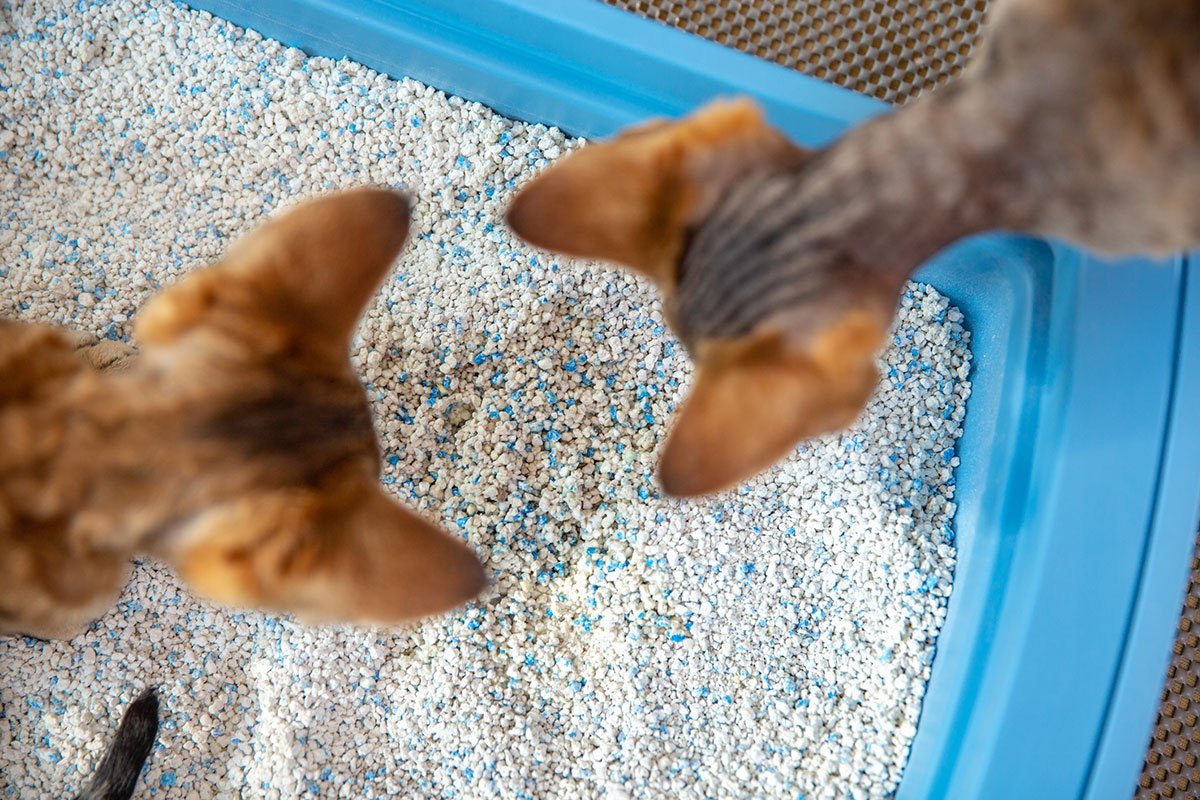Although training is more often associated with dogs, cats don’t come into your home completely house-trained! When you adopt a cat, you adopt the responsibility of training them to use a litter box effectively, for their own sake and for yours. This can seem like a complicated process, especially since most of the time, it seems like dogs are easier to train, but fortunately, there are plenty of strategies you can use to train your cat to use the litter box without losing your sanity or having to clean up too many messes. If you need ways of giving them extra encouragement to use the litter box on a regular basis, you can find everything you need to know about how to litter train a cat below!
Why Do Cats Use Litter Boxes Anyway?
In the first place, you’re at an advantage, because cats naturally look for a sandy or granular place to go to the bathroom. This actually stems from their genetics, since in the wild, the smell of excrement can attract predators. This is lucky for you because that makes them naturally gravitate to the litter box for their bathroom breaks, but that might not be enough for them to be consistently drawn to the litter box. If you’re finding that your cat is missing the litter box more often than not, there are a few additional things you can do to help.
Start with the Right Litter Box
If the litter box is too small, it will be difficult to get your cat to use it. This is the problem for plenty of cat owners because it doesn’t seem like the size of the litter box would make that much of a difference. However, if you find that your cat doesn’t seem to be making a habit of using their litter box, you might want to re-think the size of it. It should be about one and a half times your cat’s length and waste should be scooped out every day. You should also plan to clean the box out thoroughly about once per month. Don’t use disinfectants or bleach to clean the box, as those are toxic to cats. Detergent and water should work fine.
You should also avoid cleaning the litter box if you are pregnant, but if you must, you’ll need to wear gloves and wash your hands very thoroughly afterward. You’ll also want to thoroughly clean the box daily to avoid the risk of toxoplasmosis.
Typically, cats tend to prefer to use an uncovered box. While some people might believe they prefer the privacy of the covered box, in the wild, kittens never willingly go into enclosed spaces where they might encounter a predator. Your cat might have a different preference, but if you currently have a covered litter box and your cat’s training isn’t going well, you might want to try uncovering it. On the other hand, if your cat isn’t eliminating in the litter box and it’s currently uncovered, they might have a preference for privacy, and you could try giving them a covered litter box to see if that helps them.
Choose the Right Kitty Litter
If your cat is coming from a previous home, your best bet is to use the same type of litter as they were given before. It will be more familiar and give them some continuity as they adjust to their new home. However, experts say that it’s actually more important to keep the kitty litter clean than using a specific type.
Most cats prefer fine-grained litters since they feel softer under their feet, but whether or not they prefer scented vs. unscented litter is completely up to the cat. Additionally, whether they like clumping or non-clumping litters will be up to the cat as well. If your cat is having trouble eliminating in a litter box, you can try adjusting the litter, though. Make sure it doesn’t smell like food, as a corn-based or wheat-based litter will, and try different types to see if there’s an aspect of the current litter that your cat just doesn’t like.
The litter should be replaced once per week, but if you scoop the box daily, you can go longer between replacing the litter. However, every 2-3 weeks is the absolute max for changing the litter.
Placement of the Litter Box
Where you actually put the litter box can be a huge determining factor in how well your cat uses the box. There should be 1 box per cat on each story of your home, and they should be in open spaces rather than in a closet for the same reason as covering vs. uncovering them. The cat won’t want to feel cornered when using the box. You’ll also want to make sure the boxes are easily accessible to your cat, of course. Ideally, they shouldn’t have to go through a kitty door, up or downstairs, or through unnecessary rooms.
You’ll also want to make sure their litter box has access to light so they can see around them while going to the bathroom. You can use a nightlight if there’s no ambient light in the area.
How to Train a Kitten
Kittens are typically taught by their mother how to use the litter box within the first 2-3 weeks of their lives. Kittens tend to model their mother’s behavior, so you won’t have to do anything to provide that sort of training for those who had access to that kind of nurture. However, if a kitten is raised without a mother, they may need help.
You can provide a small, kitten sized litter box for your kitten (around 13 in by 9 in) and keep the kitten, the box, and their food or water in a small room with no rugs or carpet. Every time the kitten uses the box, give them a treat and then immediately clean out the litter box.
Helping Older Cats Use a Litter Box
On the other end of the spectrum, older cats might have difficulty using the litter box as well. This can be due in part to age-related issues that make it difficult for cats to reach the litter box such as arthritis. You’ll want to make sure your cat has more litter boxes throughout the home so they don’t have to travel too far to reach them, and they should have low sides so it’s easy for them to get in and out of them. If you find that they are still having trouble using the litter box, you’ll want to speak to your vet. They may have an underlying condition causing inappropriate urination.
Owning a cat is a wonderful thing and fortunately, they’re very easily housetrained! By following the proper steps, you’ll be able to ensure that your cat successfully uses the litter box throughout their lives.

